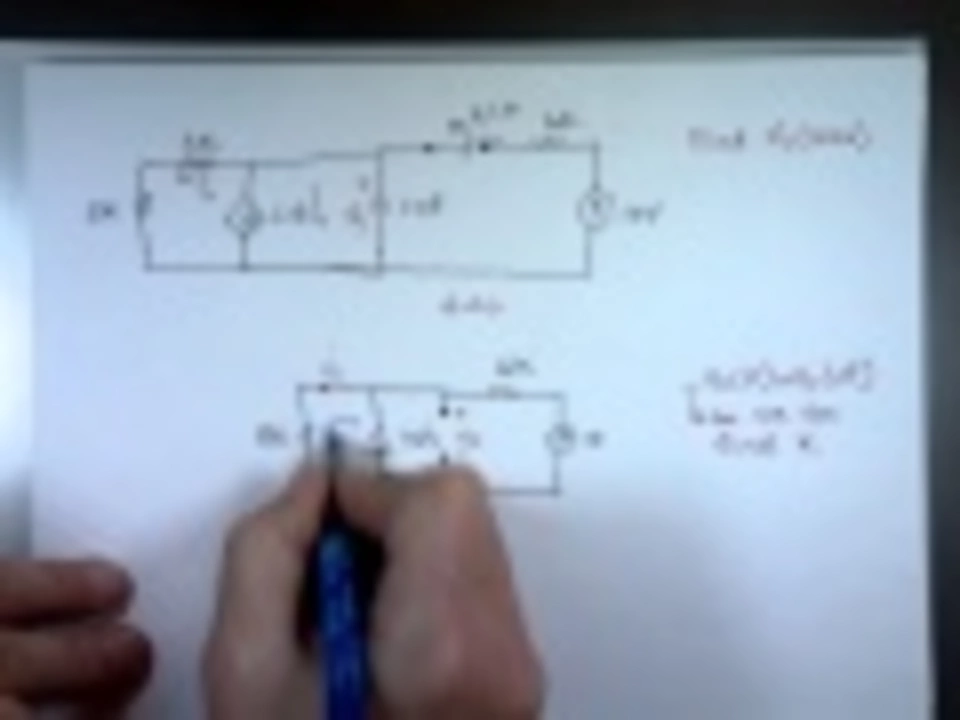Resistor Basics: What a Resistor Does and Why It Matters
A resistor is the simplest electrical part you’ll meet, but it controls a lot. It limits current, divides voltages, sets bias points for transistors, and protects LEDs. Think of it as a faucet for electric flow: turn resistance up and current drops.
Ohm’s law is the rule that ties voltage (V), current (I) and resistance (R) together: V = I × R. If you know any two, you can find the third. That makes selecting resistors easy once you decide the desired current or voltage drop.
How to read resistor color codes
Most through-hole resistors use a color band system to show value and tolerance. Read from the end with the bands closest together. The first two bands are digits, the third is a multiplier, and the fourth shows tolerance (if present).
Example: bands brown-black-red-gold = 1, 0, ×100 → 1,000 ohms (1 kΩ) with ±5% tolerance. A quick trick: memorize the color-number map (black=0, brown=1, red=2, orange=3, yellow=4, green=5, blue=6, violet=7, gray=8, white=9). For 5-band resistors used on precision parts, the first three are digits and the fourth is multiplier.
Choosing and using resistors in real circuits
Pick the right resistance value using Ohm’s law. For example, to drive an LED at 20 mA from a 9 V battery with a 2 V LED drop: R = (9V − 2V) / 0.02A = 350 Ω, so use a 360 Ω standard value.
Don’t forget power rating. Resistors convert excess voltage into heat. Power P = V × I or P = I² × R. A small signal resistor often uses 0.25 W or 0.5 W; high-current parts need 1 W, 2 W or more. If the calculated power is near the resistor’s rating, choose the next higher wattage to avoid overheating.
Tolerance matters when precision counts. 1% and 5% are common. Use 1% for analog filters or precision references; 5% is fine for LEDs and simple pull-ups.
Series and parallel let you create custom values or change power handling. Two equal resistors in series double the resistance; in parallel they halve it. Splitting power across two resistors in series can reduce heat per part.
Practical tips: test resistors with a multimeter out of circuit when possible; read color bands under good light; place power resistors away from heat-sensitive parts; and use ceramic or metal-film resistors for stability in audio or timing circuits.
Want to prototype? Use a resistor kit with common values, a spare pack of 1/4 W and 1/2 W, and a small solderless breadboard. That covers most beginner projects and saves time troubleshooting.
Once you get comfortable with values, tolerance and power, resistors stop being mysterious and become one of your most useful tools in building reliable circuits.

What is the time constant for a RC circuit?
A RC circuit is a simple electronic circuit that consists of a resistor and a capacitor connected in series. The time constant for a RC circuit is the time it takes for the capacitor to reach about 63.2% of its maximum charge. This is equal to the product of the resistance and capacitance of the circuit. The longer the time constant, the slower the capacitor charges, which can be beneficial in certain applications. When designing a RC circuit, it is important to take into account the time constant, as this affects the performance of the circuit.